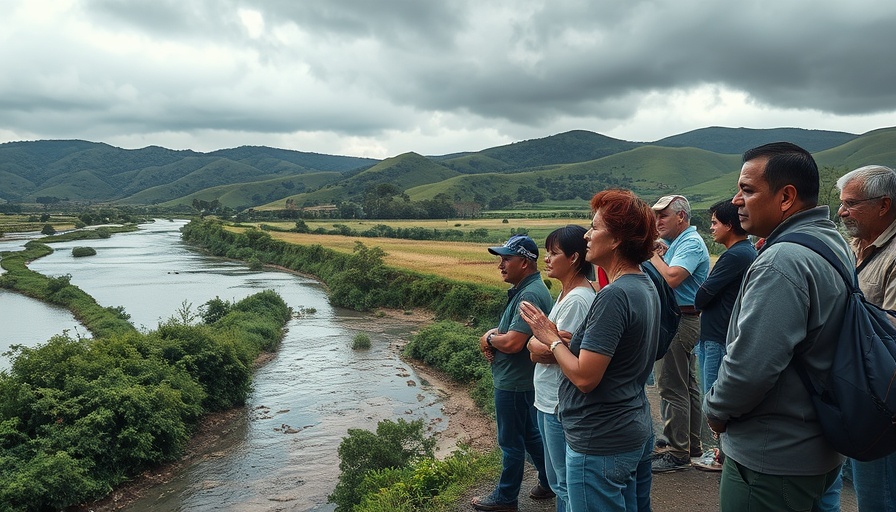
Texas Floods: A Catastrophic Event Unfolds
The recent catastrophic flooding in Texas has left devastation in its wake, prompting a state of emergency as recovery efforts continue in the aftermath of torrential rains. Over a week after the storms struck, residents are sharing harrowing stories of survival while authorities continue the search for those who remain unaccounted for. The flooding has taken a heavy toll, resulting in the loss of life and leaving many families in despair as they grapple with the uncertainty of their loved ones' fate.
Emerging Survivors' Stories Amid Despair
Survivors of the floods have begun recounting their experiences, painting a vivid picture of the chaos and desperation they faced. From climbing to higher ground as water surged into their homes to clinging to trees for safety, the accounts reveal both the harrowing nature of the disaster and the resilience of those affected. Billions in damages are expected, and the emotional toll of losses cannot be overstated.
The Search for the Missing: Community Resilience
As of now, reports indicate that 27 individuals have lost their lives, and over 20 remain missing. Governor Greg Abbott has declared a state of emergency, mobilizing resources for rescue and recovery efforts. During this period, communities are coming together, exemplifying a spirit of collaboration as volunteers assist in the search for missing campers and loved ones. The lieutenant governor has remarked on the heroism witnessed during the disaster, emphasizing the importance of community support in times of crisis.
State Responses and Long-Term Implications
In light of the tragic events, Texas officials are facing mounting pressure to enhance infrastructure resilience against future flooding. The need for upgraded technology in emergency services, particularly in the National Weather Service, has become a central topic of discussion. How these recent events will shape future policy and preparedness measures remains to be seen, but the dialogues initiated during this crisis might lead to significant legislative changes aimed at enhancing flood management systems.
Emotional and Human Interest Perspectives
The emotional impact of such disasters runs deeper than statistics—behind each number is a story of loss, hope, and survival. For many families, the flooding does not simply represent physical destruction but also potential lifetime trauma. The community's reaction, characterized by empathetic outreach and mutual aid, highlights the human side of disaster response, revealing our fundamental need for connection even in the direst of circumstances.
Conclusion: Moving Towards Recovery and Resilience
As Texas begins to grapple with the consequences of this flooding tragedy, it is vital to reflect on the collective resilience shown by its residents. While recovery may take considerable time and effort, there is hope in unity and shared determination to rebuild. Moving forward, state and local authorities must consider the lessons learned from this disaster to improve response capabilities and infrastructure protections for all Texans.
 Add Row
Add Row  Add
Add 




 Add Row
Add Row  Add
Add 

Write A Comment